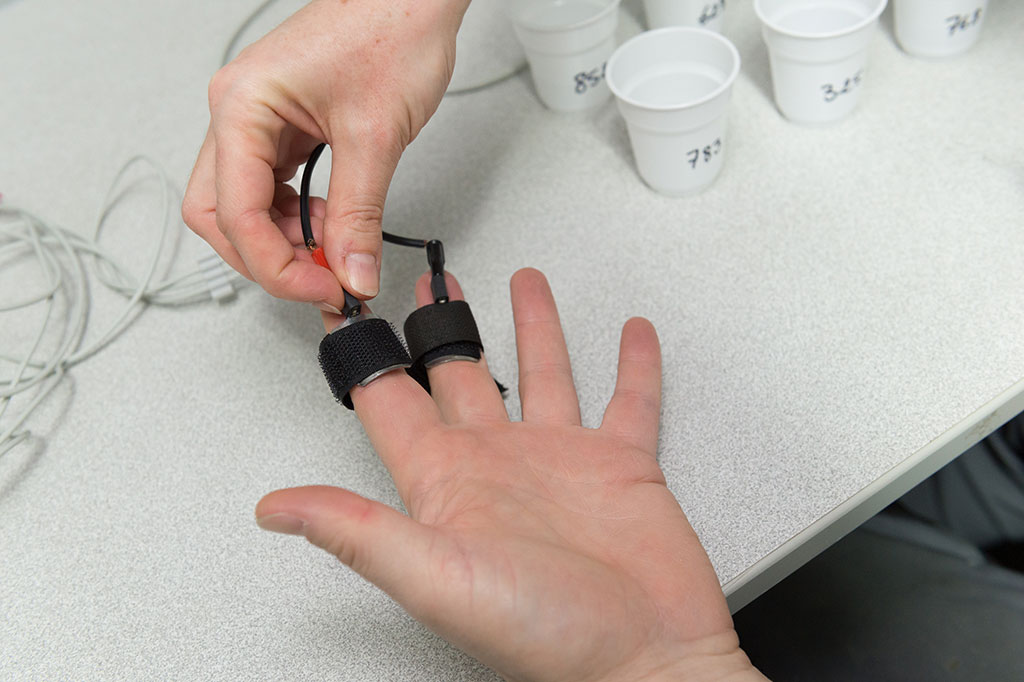Greater Nantes and the CSTB in partnership for the Water Taste Observatory

Improving the taste of drinking water while ensuring sanitary quality at an affordable price: this is the goal of the Greater Nantes authorities, responsible for the overall management of water in 24 municipalities. In 2017, they partnered with the CSTB to create the Water Taste Observatory. This project uses an innovative method developed by the CSTB to objectively study the water quality perceived by users. Nantes is a testing ground for this patented sensory analysis method resulting from R&D work. It is helping to improve the quality of public service and the taste of tap water. The first results will be available in June 2019.
The Water Taste Observatory, founded by Greater Nantes with the CSTB, has a specific task: use the sensory analysis method to scientifically assess the organoleptic quality of drinking water. This innovative method is based on an objective and multicriteria assessment. It complements tests of the sanitary quality of water. It has the advantage of going beyond traditional sensory tests by including perceived quality, which is based on the statements of individuals about the characteristics of water.
The sensory and physiological analysis performed by the CSTB can access the subconscious responses of the individuals who are testing water. Using a series of sensors, individual spontaneous reactions (sweating variations, heart rate, blood flow, etc.) are collected in a detailed manner. It is thus possible to identify the intensity of physiological stress and positive and negative emotions of the human body even before an individual becomes aware of them and expresses them verbally. Thus, the method combines objective elements of user perceptions.
The results include actual user experience, which is analyzed to improve quality. This method is implemented by the CSTB in collaboration with the Nantes Water Taste Observatory through quarterly user test campaigns. This initiative meets the goal of Greater Nantes to learn more about local user perceptions of tap water, to optimize the quality of public drinking water and support improvements in the organoleptic qualities of the water distributed.
In addition, the CSTB has adapted this innovative method to other senses (smell and touch, for example) to apply it to products such as construction materials and products, transport, public spaces, cosmetics, food products, etc. It uses its scientific approach, based on sensory and physiological measurements, for product and urban development, quality monitoring and marketing to offer a unique user experience. In this way, the CSTB guides stakeholders committed to improving the living environment.
